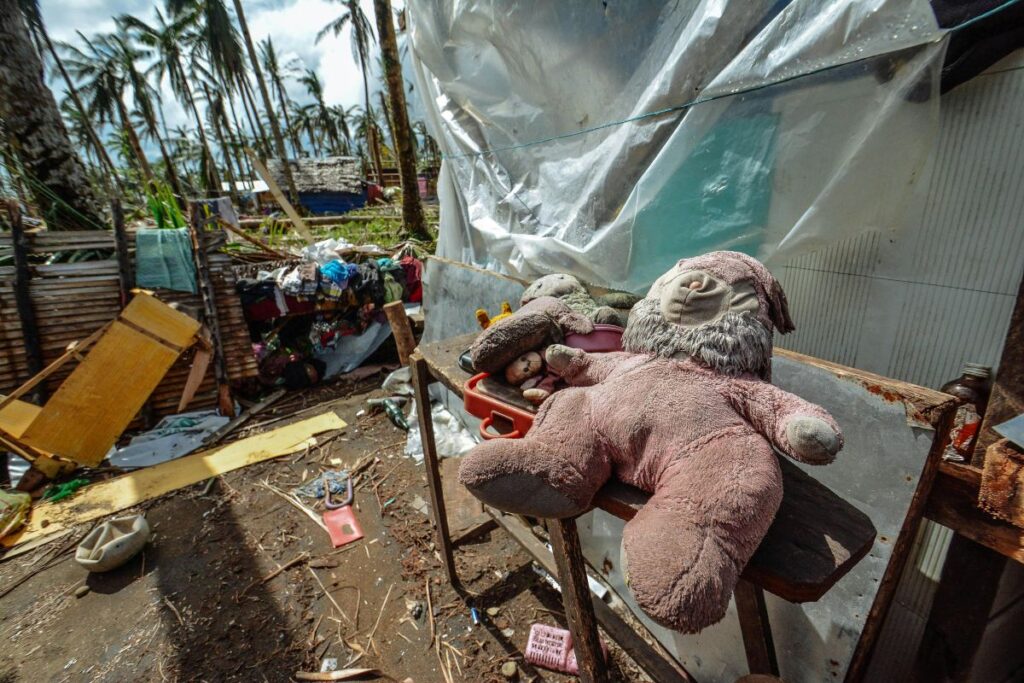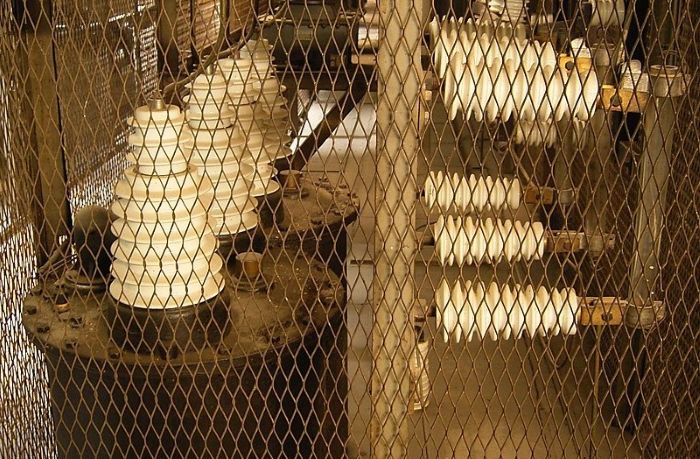How will you handle the first 96 hours of a bug-out SHTF event? Despite being well prepared, many survivalists will undoubtedly experience panic when a serious SHTF event begins. It can be easy to lose your sense of planning when you’re suddenly on a very tight time constraint, and you need some form of rough guide that you know you can stick to even if your specific plans go out the window. I’m big on making lists and planning, but the whole SHTF could happen at a point or place when I cannot get my complete supplies to the right bug-out bag.
As good as it is to have well-thought-out plans for a given survival situation, it’s not always a guarantee that you’ll be able to bring those plans to fruition for one reason or another.
Since you can only make so many fallback plans, it would be wise always to have a rough guideline to help you navigate any scenario, no matter the circumstances. The first few days of a SHTF event will undoubtedly be the worst.
Not only will there be widespread panic among the general population, but you will also face your own challenges when it comes to adjusting to a new lifestyle involving living off the land and possibly moving camp consistently.
Get to Safety and Take Stock of Your Situation on the First Day
- On day one, your number one priority needs to be leaving the area to get somewhere secluded and safe. In a bug-out SHTF scenario, you won’t know how people will act or whether they’ll be violent.
- In this case, your best option is to remove yourself entirely from the situation and retreat somewhere you are less likely to encounter other people, like the wilderness.
- Many people may try to hunker down, even if the situation demands you to evacuate, so you’ll have a far lesser chance of running into anybody else in the rural outdoors. The most important thing to remember during this time is not to panic.
- Panicking is a natural response, but it can only cause you harm in these situations. Instead, focus on moving and getting to a safe distance away from things like major population centers.
- The vast majority of the first day will involve travel. Depending on the nature of the situation, that may be what you do each day, but certainly, for the first day, it will take up most of your time, especially if you have to move on foot and can’t take something like a car or a bike.
- Finding your first campsite can be difficult. If you’re not too familiar with the land, you might have to take some time to search around a rural area and try to find an area that seems to have a nice, flat, dry area for you to set up camp.
- You also want to be a reasonable distance away from things like water sources so that you’re not too close but not too far. Once you find your first campsite, you should take some time to establish a small camp for yourself and your family if you’re traveling together.
- If you have shelter in your bug-out bag like a tent, you can set it up or make one out of natural materials like wood and leaves. You should also get a small fire pit together, as it will likely be late or approaching sundown by that point, and a heat source will make everything much more comfortable.
- You probably won’t be too concerned about food or water on the first day, provided you have enough to last a bit in your bug-out bag. That said, you should take the remaining time to take stock of what’s going on and what you need to do.
- It can be easy to overlook the severity of the situation in the evacuation panic, so look at what precisely the SHTF situation is and what kind of impact it will have over the next few weeks, months, or more.
- The nature of the situation could greatly affect what you need to do, what supplies will become more important, and so on. Take some time to calm down and analyze the situation and what kind of supplies it will call for you to gather.
- This is also an ideal time to sort through your supplies and take stock of what you have and how long it will last you. A typical bug-out bag should have a few days’ worth of food and water. You can check and see how much you have left.
- Chances are you used up some food and water on the way out, especially if you were moving on foot. After establishing camp, you should check how much food you have left.
- Divvy it up and figure out how many meals you have left for each day, and then you’ll have a good idea of when you need to start hunting or gathering for food. There’s a high probability that you only have maybe two days of food left at that point.
- Instead of waiting for those two days to be up, you should start hunting and gathering at the point when you have a camp. This is because there’s no guarantee that you’ll have something to take back to camp after a day of hunting or fishing.
- Some days, you’ll come up empty-handed and want to save your spare food for those days. By this point, you’ll likely be very tired. It’s just as important to get proper rest as it is to do anything else.
- As hard as it may be, considering the high tension at the time, it would help if you tried to get some quality rest and get back to work the next day. This is easiest with a comfortable tent and a warm sleeping bag.
In an actual survival situation, you should utilize as many comforts as possible. Some survivalists tout their ability to live in very rough conditions, which is a skill, but don’t misinterpret that to mean it should be your goal. The less stress you have, the more you can focus on essential matters.
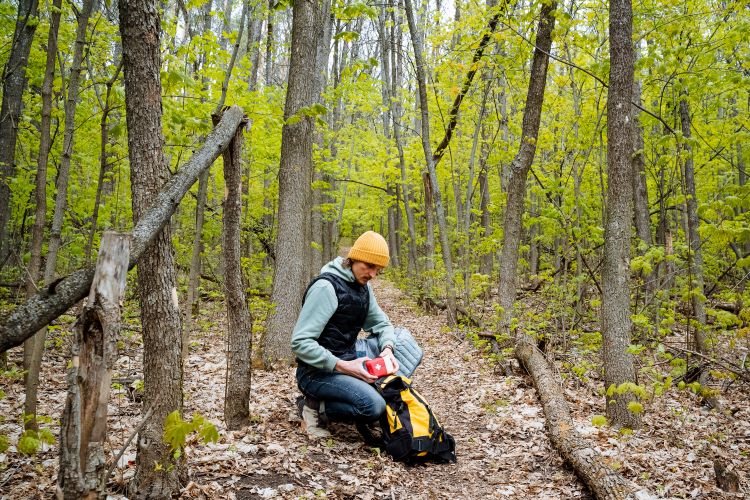
Scout Out Your Surroundings on the Second Day
Your nerves will certainly still be high by day two. Assuming you’ve made it far enough out to be safe from the general population, this would be a good chance to take a breather and establish yourself in your surroundings.
This is both vitally important and relaxing. Wandering around and taking in your surroundings serves a very real practical purpose: you need to know how to navigate the area you’re camping in. Still, it also helps calm some nerves from dealing with a stressful SHTF situation.
The first thing you should do is try to find landmarks around you. In the wild, especially when you don’t have access to a GPS or don’t know where you are on a detailed map, you’ll use notable parts of the wilderness to find your way around.
It might be an oddly shaped tree near your camp or a strange rock formation. Either way, these noticeable sights can help guide you back to camp, as following a compass alone will be difficult since you may not have gone in a straight cardinal direction from your campsite.
Getting lost in the wild can be ruinous, especially if the bulk of your gear is left back at camp. Even just losing something like your tent and sleeping bag can make the rest of your time that much more difficult, so it’s essential to be able to find your way back.
In an ideal survival scenario, you would have access to a GPS device that’s still operational and have a solar charger to keep it powered. This would allow you to pinpoint the location of your campsite and always find your way back to it.
However, that’s not always going to be possible. Even if you had a working GPS, it could get damaged during your travels and become inoperable. From there, you still need to know what identifying markers to find to guide you back to camp.
One method you can use if you don’t have any identifiable landmarks near you is to mark trees using different colors of para-cord. You can mark trees close to your campsite with one color and ones farther out with another. This can help you determine if you’re in the right area and getting closer or farther away. From your campsite, you should try to initially use a compass to follow one cardinal direction away from your camp and explore.
You will be looking for things like lush plant life that may be edible and things like water sources and animals that might be looking for food. A water source is undoubtedly the most important.
It’s nearly impossible to carry all the water you’ll need for any actual SHTF situation, so you’ll need to find a place to replenish your water supply for things like cooking, cleaning yourself, and especially drinking. Ideally, you’ll be able to find a running water source specifically. This can be anything like a creek, stream, or river. Typically, the water from running water sources is much less dirty and is much easier to filter and purify.
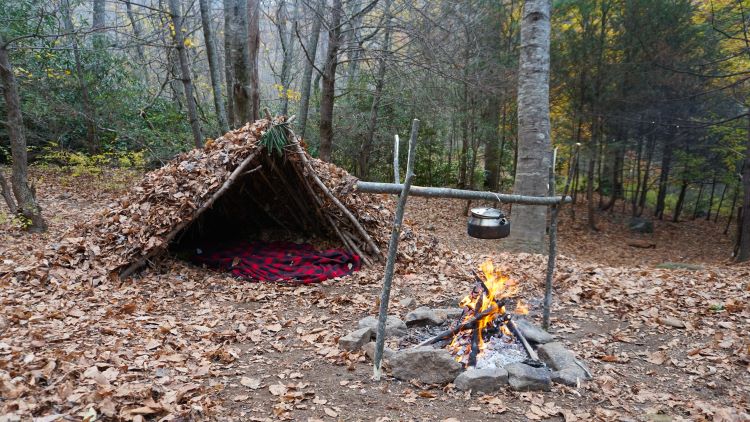
Stagnant sources like ponds can still provide clean water after being filtered, but the increased amount of sediment and contaminants can put a much higher strain on your filters, and they’re generally just less clean.
Both can still be good food sources, though, as they both likely contain a variety of wildlife, ranging from crawdads and fish to frogs. Other animals also frequently visit water sources to drink, so you’ll also have good luck hunting in those spots.
Areas around water sources also typically have better foliage. This isn’t always true in every area, but you’ll generally find a higher concentration of edible plants around a stream than in the middle of the forest.
Of course, you should be very careful when foraging food from wild plants. If you don’t know your local flora very well, you could easily eat something harmful that could make you sick or cause other detriments.
It would be wise to take a local edible plant identification guide with you in your bug-out bag or study them far in advance. If you have a set of maps of your area in your bug-out bag, which is a good idea, you should also bring some markers that you can use to make notes of things around you that you find. This applies only if you can identify where you are on the map, but it’s still handy. For example, you can mark accessible water sources around your campsite, especially small ones that wouldn’t appear on a map, like a major river or lake.
You can also mark areas with a significant amount of edible plants, like a large patch of prickly pear cacti. This helps save you a lot of time and effort that might be spent wandering around looking for the spot you saw the day prior.
The less you wander around, the more calories you save, and the longer your food supplies will last. While you’re out on day two, you can gather any needed supplies along the way.
You might be able to catch some food or gather some firewood to return to the campsite, making the whole trip more fruitful. By the end of day two, you should be generally well acquainted with the area around you. You probably won’t be at the point yet where you can navigate it flawlessly, but you should be able to recognize your immediate surroundings fairly easily.
Put Your Skills to the Test on Day Three
Now that you have a good grasp of the area around you, it’s an ideal time to test your survivalist skills and utilize the tools and equipment you brought with you in your bug-out bag. You’ll need to start purifying water, gathering food, and gathering wood for your fire. From now on, your days will be spent on getting the essentials, such as food and water, and ensuring you have proper shelter.
Depending on the nature of the SHTF situation, it might also be a good time to move camp. If you still have water on hand from the day prior, you should start your morning by trying to gather some food.
If you choose to hunt or fish for sustenance, most animals are more active in the early morning than in the afternoon. Since the water sources around you won’t go anywhere, it’s best to spend your initial early morning hours getting food because it will only get more challenging to find throughout the day. Afterwards, you can fetch plenty of water. You should be careful not to leave your food back at camp while you go to get water. It may be tempting to let it sit and cook for a bit while you go get water, but a hungry animal could quickly come by in your absence and swipe your meal.
Instead, you can go to fetch water after eating. Depending on your supplies and water purification method, you might only be able to bring back a water bottle’s worth at any given time, or you might be able to bring back several.
One skill you may have to integrate around this point is the ability to pack up quickly and move camp. Some SHTF situations require you to keep moving, while in others, you might be okay camping in the same area for extended periods.
You may have to move if other humans have noted your presence, fires, and activity while hunting or fishing. They might be low on supplies and willing to risk harm to steal them from you or take them while you’re away.
In an actual SHTF situation, you should be cautious of others. Not everyone will be as well prepared, and some people’s moral compass may go by the wayside if they don’t have the same supplies as you.
By moving camp once in a while, even if it’s around the same general area, you can keep would-be thieves from easily locating and stealing from your campsite while you’re out foraging, fishing, and getting water. You’ll need to be adept at taking down and putting up your tent, setting up a new fire pit, and identifying and clearing good campsites.
Settle into a Routine by Day Four
By day four, you’ll start to get into a bit more of a rhythm. At this point, a lot of the nerves and stress from the start of the survival situation will have worn off. If you’ve comfortably reached this point, your chances of doing well will be high. While you may still encounter difficulties, you’ll probably start to get used to catching your food and purifying your water. The taste of the food and water will be off-putting at first, but you’ll start getting used to it around this point.
You shouldn’t necessarily be getting complacent, but you should have a substantial grasp on your situation by this point and will start to develop a routine. This is a great point because you’ll be much less confused and stressed and develop confidence in your survival abilities. As you become more proficient and familiar with the basics of survival, you’ll become much more efficient at gathering what you need. You’ll learn what areas to fish in using certain types of bait, and you’ll quickly learn which plants are good to eat and where they grow more commonly.
This enables you to spend much less time and energy searching for food, and you’ll become more comfortable with this new lifestyle and less stressed overall. You can use more of your spare time to try and figure out what is going on in the rest of the world. While this is easier said than done, you should be able to discern what’s going on by utilizing things like radios and traveling near roadways to see what they look like. Things could have been resolved, and regular traffic would be starting to flow again, or it could be stagnant, indicating that there are still significant problems.
A hand crank or solar-powered radio would be valuable in a bug-out bag. With no access to the internet to look up what’s happening worldwide, you would need to rely on radio stations that would give emergency broadcast updates and information on the status of the SHTF situation.
If you can’t get signals from any radio stations, chances are there’s still a severe problem. Any remaining broadcasts you find could be anything from regular news channels to repeating emergency alerts from your government. This would be your only access to outside information without risking talking to others.
You should be extremely cautious around others since you don’t know how others might act in a full-blown SHTF situation.
That being said, they still may have valuable information from more populated areas and might be willing to be civil and trade valuables for supplies or extend an invitation to join a group of other survivalists. The first 96 hours of a survival event, especially a SHTF scenario, will be filled with high energy and paranoia, so you must remain level-headed and know that your preparations and determination will carry you through as others fall apart.
Have you done any preparations for a disaster event? If so, what have you done so far? Do you feel like you are ready, or do you need to do more? Share your ideas, tips, or questions below! What are you doing to stay ready?
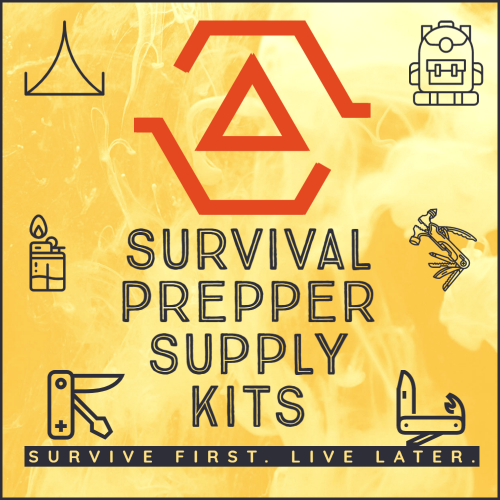
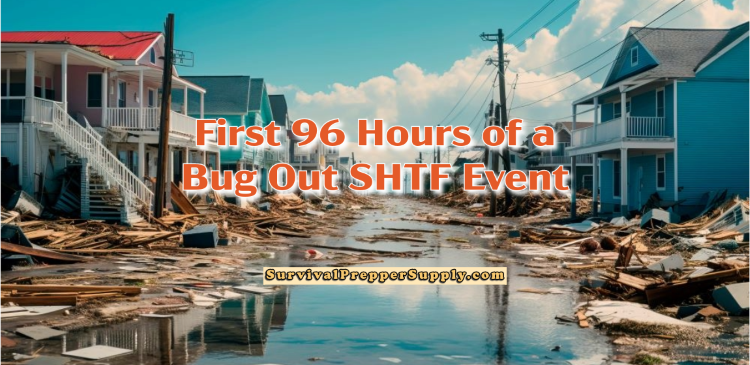
![The Forager's Harvest Bible: [5 in 1] The Most Complete Guide to Locating, Identifying, Harvesting, and Preparing Edible Wild Plants](https://m.media-amazon.com/images/I/71ydOslZtwL._SY425_.jpg)

